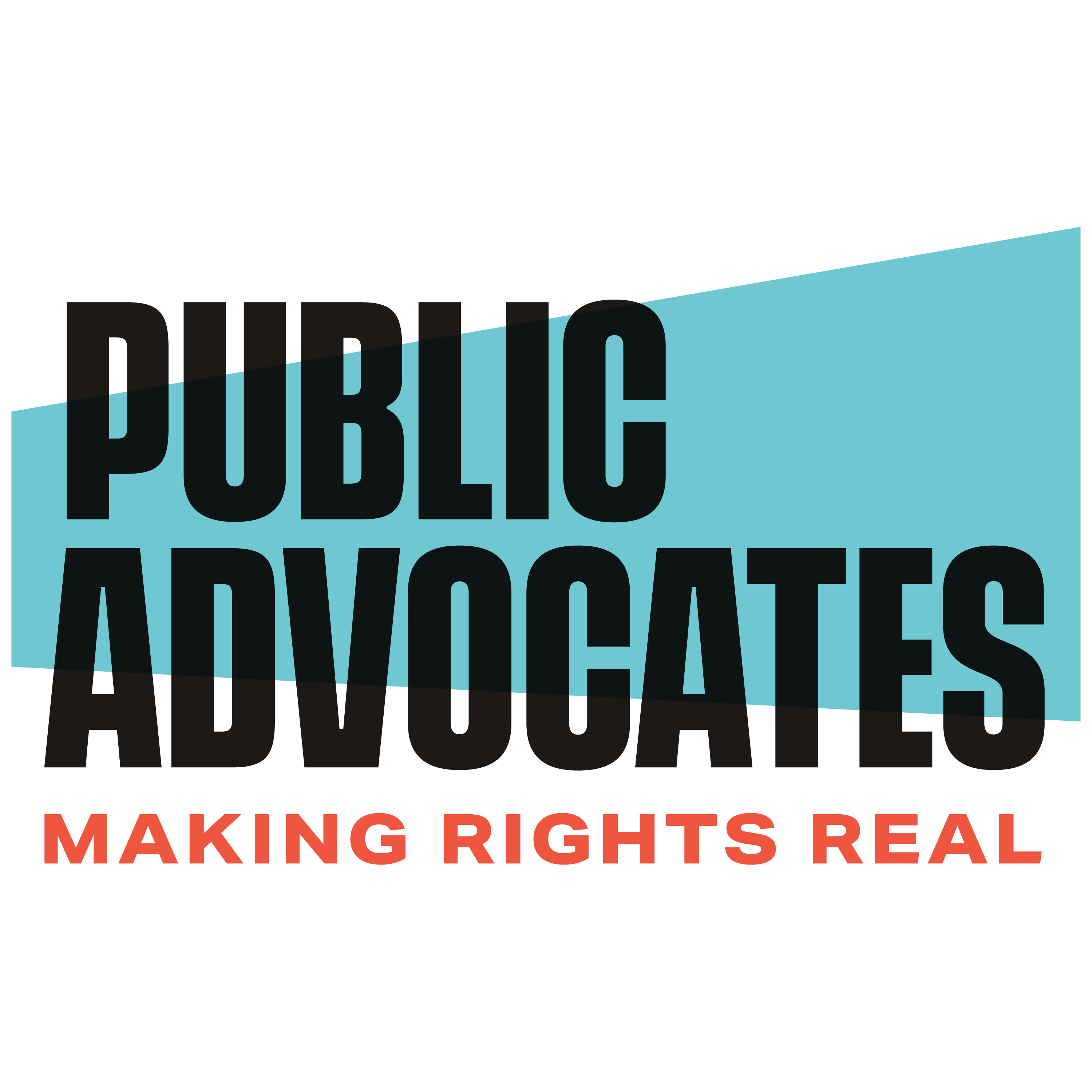November 24, 2014
By Richard Marcantonio
Among its other important roles, the Metropolitan Transportation Commission (MTC) is charged with overseeing the local transportation agencies within its nine-county jurisdiction. Inadequate oversight can have serious consequences, as in 2012, when MTC allocated $70 million in federal stimulus funds to a BART project without first ensuring compliance with civil rights requirements. Our administrative complaint to the Federal Transit Administration won a reallocation of that funding to benefit low-income transit riders.
More recently, we prevailed upon MTC to bring regional oversight to the powerful but obscure transportation commissions in each of the nine Bay Area counties. Known as Congestion Management Agencies, these bodies exercise nearly unchecked power over the expenditure of billions of dollars in transportation funds in their respective counties through a range of decisions, including their adoption of County Transportation Plans.
The Impacts of County Transportation Plans
In a previous post, I answered the question “what does planning have to do with civil rights and income inequality” by describing planning as a form of law-making. County Transportation Plans are doubly important in this regard. Individually, they shape key outcomes within their counties – like whether improved bus service will or will not be funded, whether transportation investment will promote affordable housing or instead fuel displacement, and whether capital projects will increase or reduce greenhouse gas (GHG) emissions, sprawl and segregation.
Collectively, these plans determine important regional outcomes that affect public health, climate change, mobility and access to opportunity. The reason for their regional impact is that the County Transportation Plans are the “primary basis” for MTC’s Regional Transportation Plan (RTP). In turn, the RTP must comply with federal civil rights law and promote California’s mandates under SB 375 to reduce GHG emissions and accommodate the region’s need for affordable housing, among other requirements. This nested planning structure means that MTC can only accomplish its federal- and state-mandated objectives and its regional goals if the County Transportation Plans also do their part to protect civil rights, promote affordable housing, and reduce GHG emissions.
So important is MTC’s regional plan that dozens of social justice groups across the Bay Area came together as the 6 Wins Network in 2010 to help shape “Plan Bay Area,” the RTP that MTC adopted in July 2013.
Restoring MTC’s Forgotten Role
In order to ensure that county and regional plans work together to accomplish statewide objectives, California law requires these county agencies to update their plans every two years, and to do so consistent with guidelines adopted by MTC. By statute, MTC “shall develop guidelines to be used in the preparation of county transportation plans.” The role of MTC’s guidelines is critical: they ensure that the county plans on which the RTP is built are consistent with the RTP, and provide a foundation for the entire region’s ability to promote civil rights and achieve transit, affordable housing, climate protection and other outcomes.
Public Advocates investigated and found that MTC had all but abandoned its oversight role more than a dozen years ago. So thorough was the abandonment that when we made a Public Records Act request for a copy of MTC’s county guidelines in mid-2013, its staff had no memory of ever having adopted any. (It turns out it had, in 2000, long before many of the current legal requirements like SB 375 were put in place.)
The consequences of MTC’s neglect can be seen in the fact that most of the Bay Area’s County Transportation Plans are out of date and out of step with current statutory requirements. Some county plans increase GHG emissions. Few have analyzed spending to ensure that they provide a fair share of benefits to communities and populations of color. Most have not adequately addressed the need to tie transportation investments to affordable housing. And several countywide agencies have not updated their plans at all for five years or more.
Spurring Change at MTC and for Vulnerable Communities
MTC was unresponsive to our January 15 request that it adopt the guidelines, requiring us to bring suit on February 27 on behalf of Urban Habitat before it agreed to act.
When MTC adopted its updated guidelines on September 24, low-income communities of color, and the entire Bay Area, had reason to anticipate important changes in planning outcomes, not just on paper, but on the ground. For instance:
- The new guidelines are consistent with state mandates to reduce GHG emissions, improving the chances that MTC’s next RTP (due in 2017) will do more to combat climate change. The adopted guidelines will also ensure consistency at the county level with Plan Bay Area’s important regional goals and performance measures, promising a range of impacts that include improved public health, increased mobility, and reduced risk of displacement.
- By signaling that it was going to take its oversight role seriously, MTC has spurred several county agencies to commence or complete long-delayed updates to their outdated plans.
Low-income communities and communities of color will specifically benefit. For instance:
- The guidelines explicitly require county agencies to “implement a broad and open public participation process that includes [u]nder-represented interests and communities” and that “emphasiz[es] how the needs of minority, low-income, and other disadvantaged communities have been considered.”
- The new guidelines also explicitly require county agencies to promote the region’s compliance with Title VI of the Civil Rights Act by “conduct[ing] an equity analysis with input from the public … with a focus on minority, low-income, and other underserved communities.”
Finally, MTC’s new resolve to take on the important oversight role it has not played for many years is reflected in its promise to update its guidelines after each new RTP is adopted.
The fruits of this victory are already apparent, as members of the 6 Wins Network and allies like Greenbelt Alliance, the Sierra Club and others use MTC’s new guidelines in advocacy at county agencies. Those benefits will become even clearer as increasingly accountable county decision-making is reflected in an improved RTP in 2017.

